50+ SAMPLE Draft Agreement
-
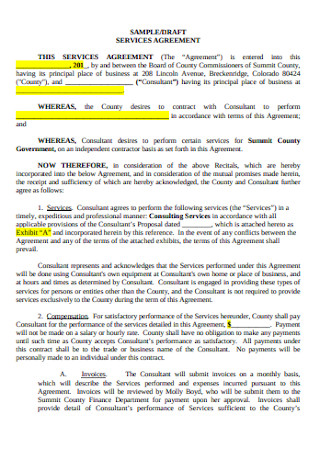
Draft Service Agreement
download now -
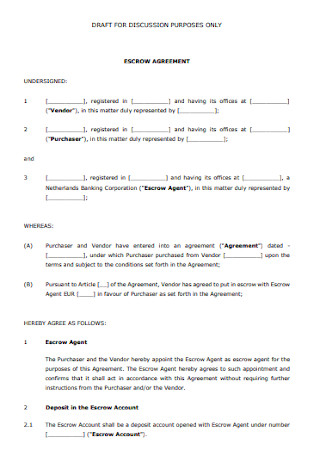
Draft Escrow Agreement
download now -
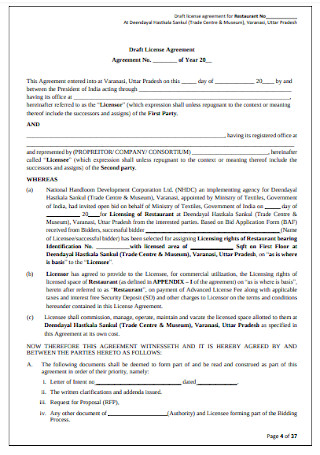
Draft License Agreement
download now -
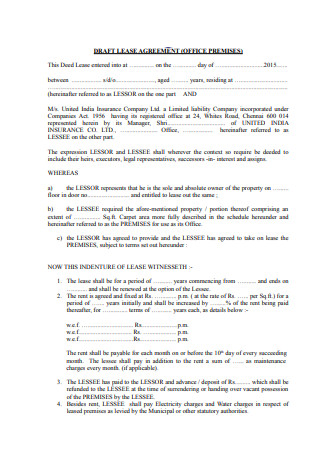
Draft Lease Agreement
download now -
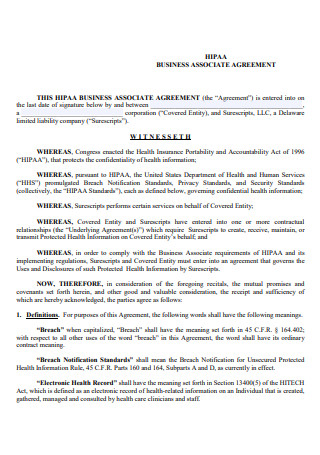
Draft HIPAA Business Associate Agreement
download now -
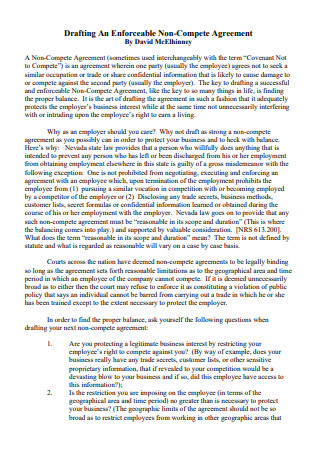
Draft Non Compete Agreement
download now -

Draft LLC Operating Agreement
download now -
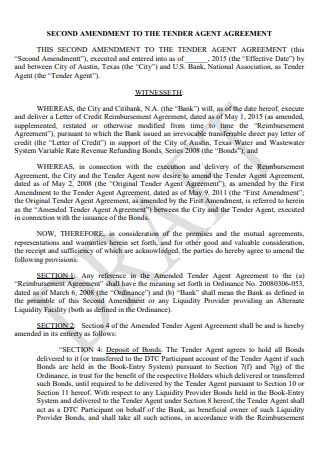
Draft Agent Agreement
download now -
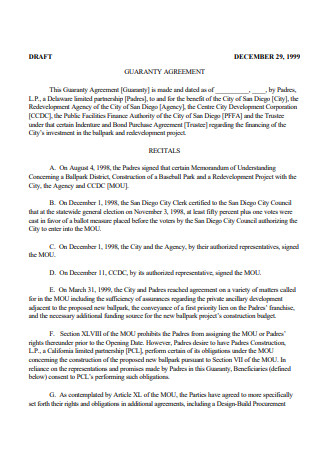
Draft Guaranty Agreement
download now -

Draft Asset Purchase Agreement
download now -
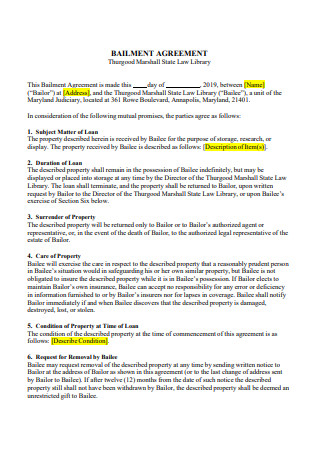
Draft Bailment Agreement
download now -
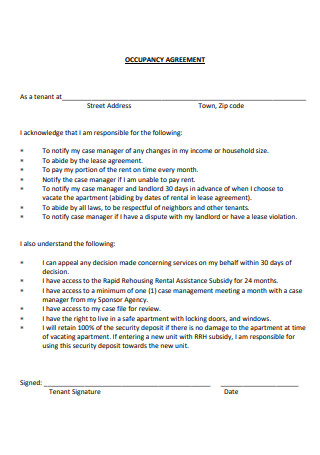
Draft Occupancy Agreement
download now -
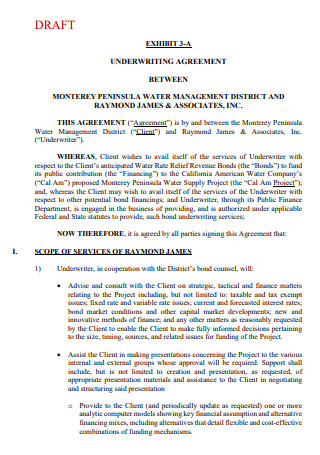
Draft Underwriting Agreement
download now -
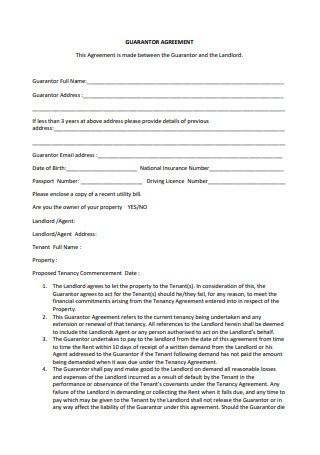
Draft Guarantor Agreement
download now -

Draft Vacation Rental Agreement
download now -
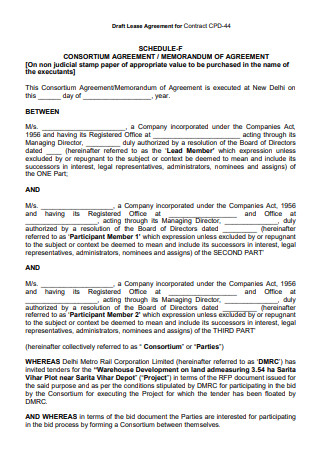
Draft Warehouse Lease Agreement
download now -
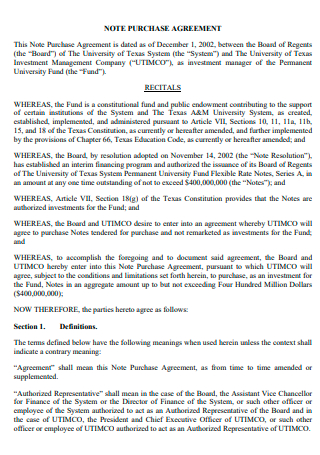
Draft Note Purchase Agreement
download now -

Draft Standstill Agreement
download now -
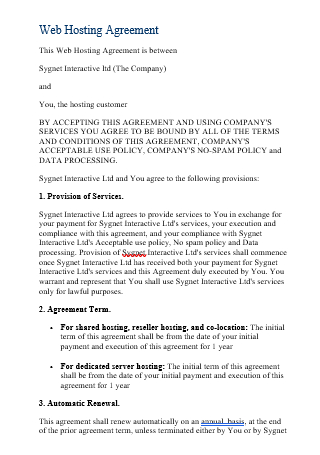
Draft Web Hosting Agreement
download now -
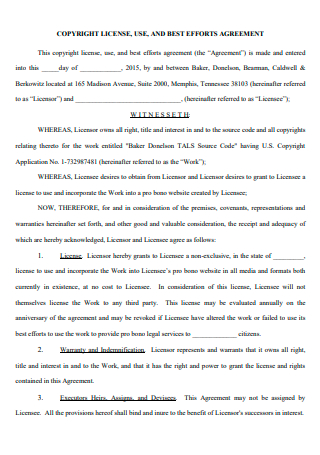
Draft Copyright License Agreement
download now -

Draft Software Maintenance Agreement
download now -
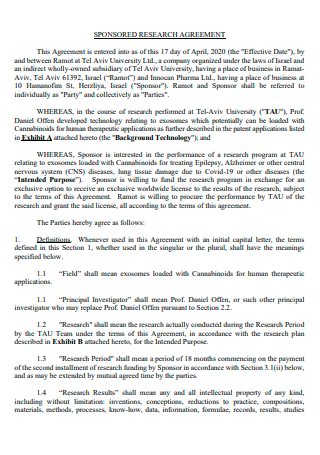
Draft Sponsored Research Agreement
download now -
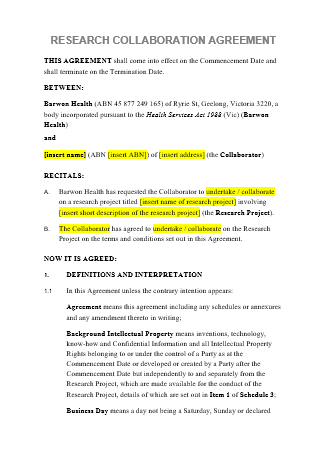
Draft Research Collaboration Agreement
download now -
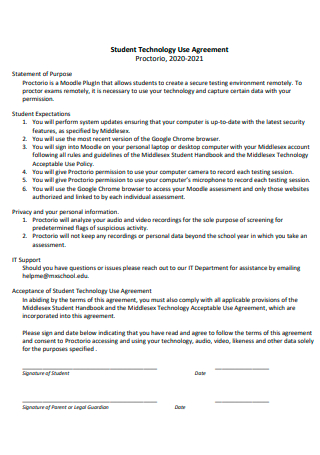
Draft Student Technology Use Agreement
download now -
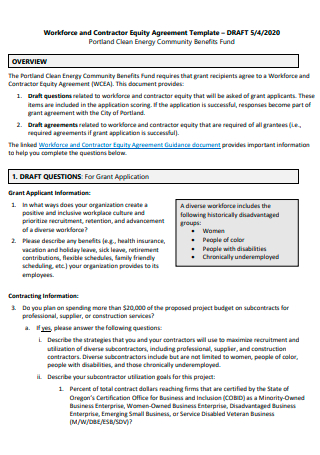
Draft Equity Agreement
download now -

Draft Subordination Agreement
download now -
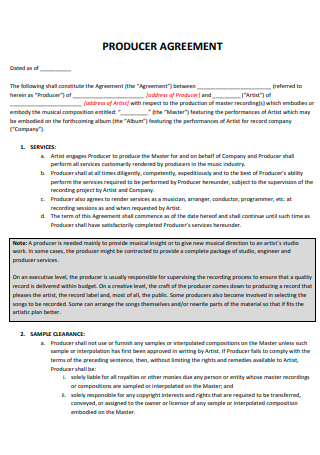
Draft Producer Agreement
download now -

Draft Supplier Agreement
download now -
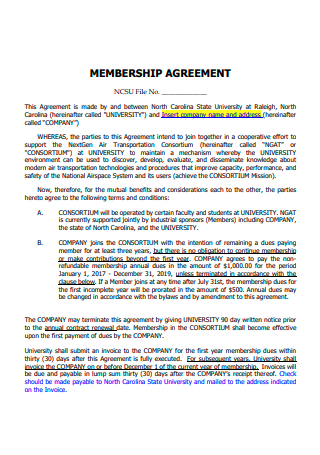
Draft Membership Agreement
download now -
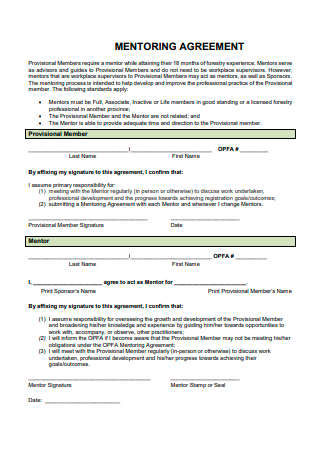
Draft Mentoring Agreement
download now -

Draft Influencer Agreement
download now -
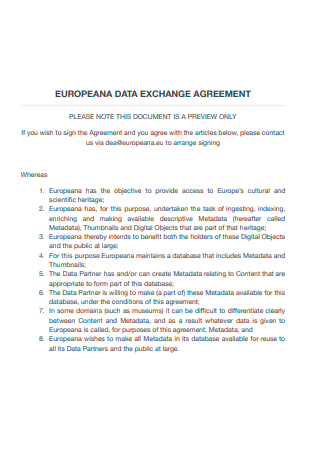
Draft Data Exchange Agreement
download now -
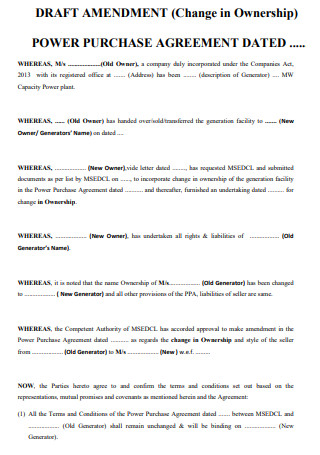
Draft Amendment Agreement
download now -

Draft Agreement
download now -

Draft of Concession Agreement
download now -
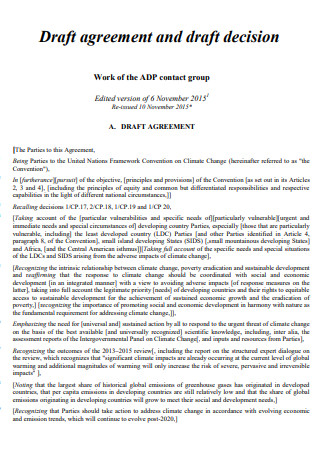
Draft Agreement and Draft Decision
download now -
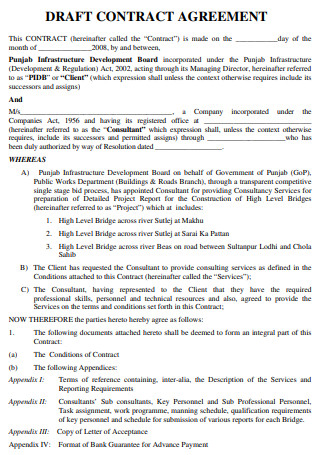
Draft Contract Agreement
download now -
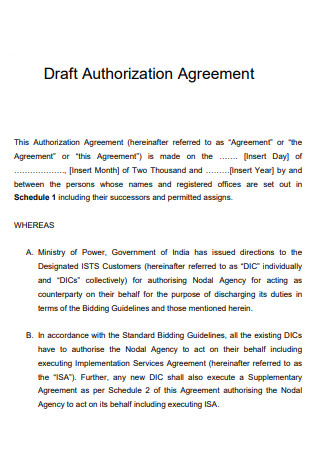
Draft Authorization Agreement
download now -
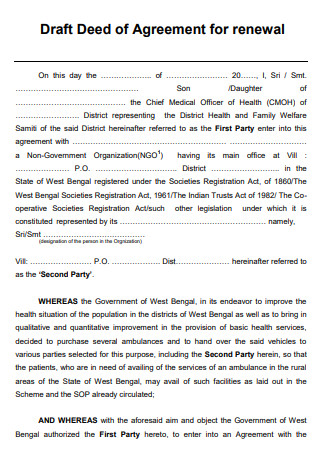
Draft Deed of Agreement
download now -
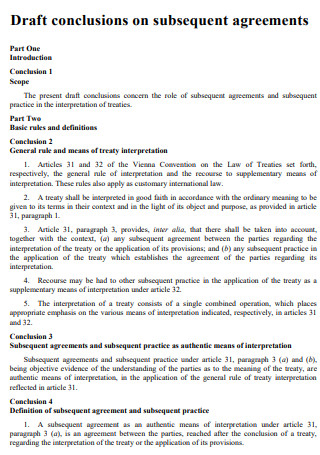
Draft Conclusions on Subsequent Agreement
download now -

Draft Franchise Agreement
download now -
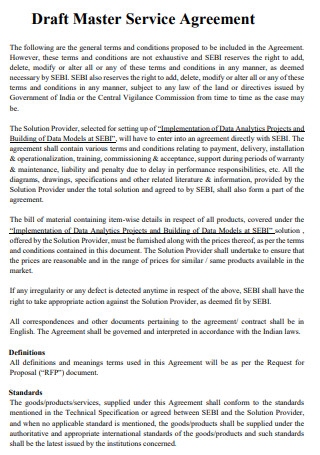
Draft Master Service Agreement
download now -
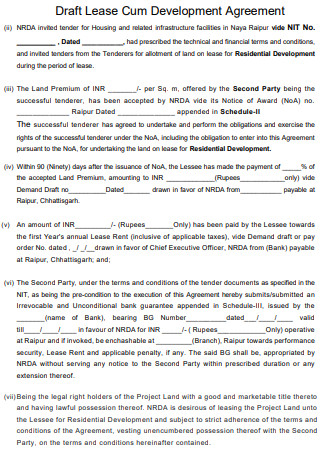
Draft Lease Cum Development Agreement
download now -
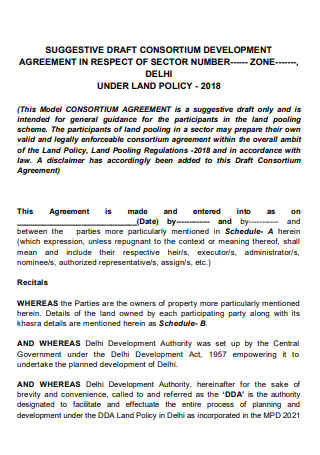
Suggestive Draft Consortium Agreement
download now -
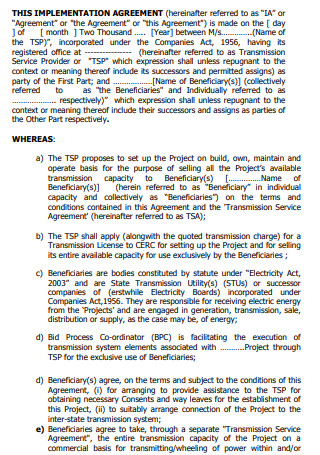
Draft Implementation Agreement
download now -
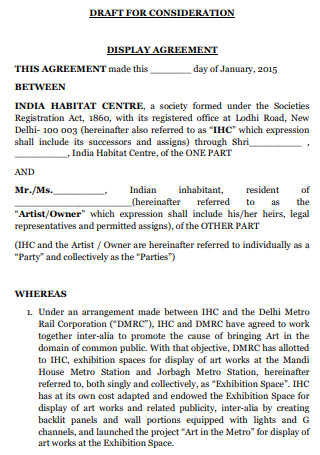
Draft Display Agreement
download now -
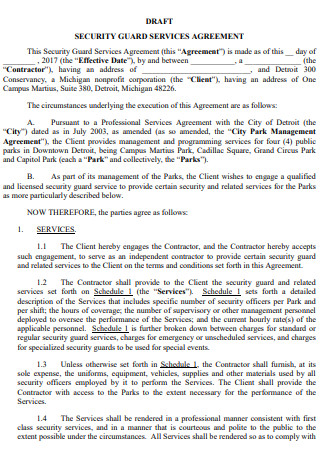
Draft Security Guard Services Agreement
download now -
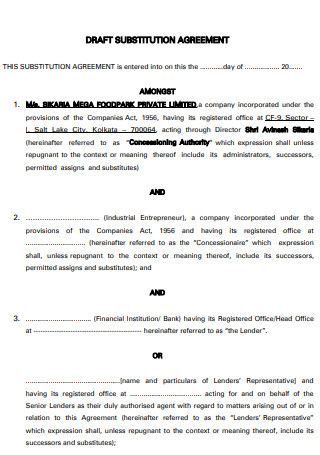
Draft Substitution Agreement
download now -
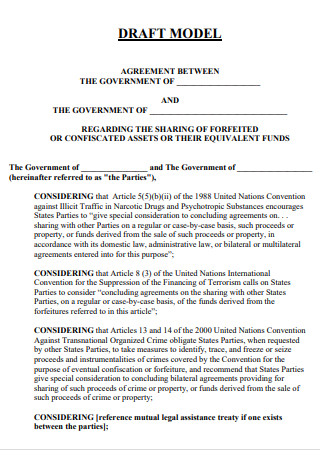
Draft Model Agreement
download now -
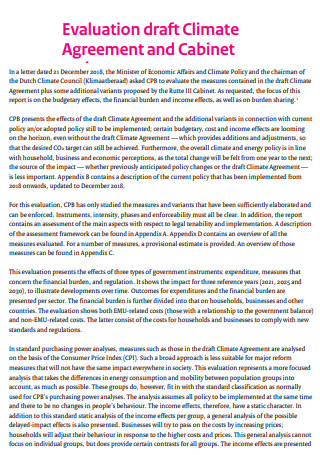
Draft Climate Agreement
download now -

Draft Coal Supply Agreement
download now
FREE Draft Agreement s to Download
50+ SAMPLE Draft Agreement
What Is a Draft Agreement?
Main Elements to be Included When Drafting an Agreement
Different Types of Agreements
How to Draft an Effective Agreement
FAQs
How much time is needed to draft an agreement?
Should an agreement be drafted in full legalese?
What is an agreement?
What Is a Draft Agreement?
First of all, what is a draft, in writing terms? A draft is referred to as a complete version of a document, but the key thing to note is that it is not the final document to be used or submitted for whatever purpose it may have. Drafting is the process of creating the document and this will usually take a bit of time since it may contain other parts of the writing process depending on the document being written such as revision, editing, and review.
A draft agreement can be considered as a legal document that is not finalized yet. Drafting legal agreements can be an essential skill to have since agreements/contracts are what are used during nearly every business activity that is of significance. In a draft agreement, the precise terms, clauses, and wording have not been agreed upon by all parties involved yet. Simply put, this document is a short-term agreement that can be used as a guide before finalizing a proper agreement.
Main Elements to be Included When Drafting an Agreement
There are many elements that you need to keep in mind whenever you start drafting an agreement document. In this section, the basics will be covered, as there are some unique elements that may be present depending on the type of agreement being drafted.
Different Types of Agreements
Listed and discussed below are the different types of agreements that someone in the business world may come across throughout their career:
How to Draft an Effective Agreement
In the world of business, having an effectively-written agreement can prove to be an advantageous asset when the protection of legal rights becomes a matter of discussion. With that being said, here are the steps to follow in order to draft an effective agreement document.
-
1. Gather the Required Information
Since agreements need to have information that pertains to the type of agreement entered upon by the parties involved, this step should begin the whole process, which is to gather all the information needed for the document to take shape. When performing this step, write down at the top of the agreement the names of the parties involved as well as their respective companies along with the effective date. It is also important to identify in this step the type of agreement being entered upon by the parties involved.
-
2. Write Down the Services or Products Offered
After gathering down the basic and required information and subsequently writing them down, this step will then follow. The important thing that should be done in this step is to identify or list down the items or services that are being offered in return for payment. Since broad or vague terms are greatly susceptible to interpretation, it is important to be very explicit in this area. Being on the wrong end of an agreement where a customer can urge you to produce more work than was agreed upon is generally unfavorable and can possibly happen even with a slight mishap.
-
3. Identify the Length of the Agreement
After writing down the services or products on offer, proceed to this step. What needs to be done here is to pay attention to how long the duration of the agreement will be. When it comes to the length of the agreement, businesses might have it terminate after a set period of time or provide a more specifically defined termination clause date. You may also specify in this area if the client is prepared to cooperate on an ongoing basis.
-
4. Outline the Clauses Regarding Repercussions
After determining how long the agreement is going to last, this step will then follow. The matter that needs to be discussed in this step is outlining any repercussions that the clients may face. In the corporate environment, claims for breach of contract and outright carelessness are prevalent. Make sure that clients understand the consequences of non-payment or non-delivery. Also, make sure to use the phrase “null and avoid” as needed in this area so that you no longer have to work with people who keep on failing to meet their responsibilities stated in the agreement.
-
5. Outline Clauses for Dispute Resolution
After creating the clauses concerning what needs to be done when the clients face a breach of contract or are being negligent to the terms, it is also good practice to outline terms concerning dispute resolution, which is going to be done in this step. This step should answer how will the companies deal with different types of disputes as they arise. Civil litigation is a traditional option, however, other choices are also present such as arbitration or mediation.
-
6. Signatures and Date Lines
Finally, after drafting the important and auxiliary clauses in the agreement, this step will close out the drafting process. This step is especially important since an agreement or a contract will not be deemed effective and enforceable unless the signatures of all the parties involved in the agreement are present. The datelines of when the signatures were affixed to the agreement must also be included.
FAQs
How much time is needed to draft an agreement?
It varies by the type of agreement that is being entered. The time taken to draft an agreement is ultimately determined by your individual requirements. A simple, one-page agreement may take a few days to complete, but a large, intricate agreement may take many weeks or months. More important transactions frequently entail the discussion and reworking of a deal, which can significantly extend your timetable.
Should an agreement be drafted in full legalese?
Although it may be customary to believe that a decent agreement should be drafted in terminology that only a lawyer can comprehend, in reality, plain, concise language is preferred, especially if the individuals engaged in the agreement do not have a law degree. Short paragraphs are also preferable, and essential terminology should be defined properly.
What is an agreement?
By definition, an agreement refers to an understanding between two or more parties regarding their rights and duties toward one another. To form an agreement, parties must first agree on their respective rights and duties. An important distinction between an agreement and a contract is that an agreement is missing any of the contract’s requisite parts and has no legal force.
When entering the business world, it should be known that virtually anyone can draft an agreement between themselves and the client/clients whenever certain transactions have to be made. However, when finalizing the agreement, it is good practice that a lawyer’s help is to be sought after in order to iron out any hidden kinks in the document. In this article, different types and samples of draft agreement templates are available for you to have a look.
